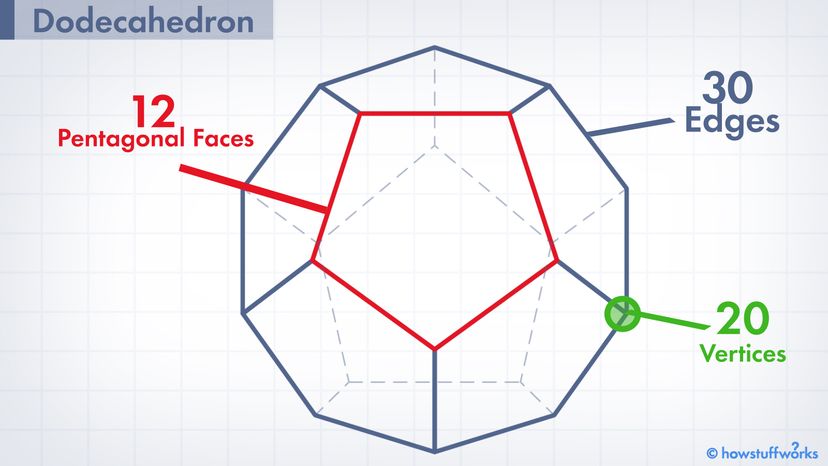
Learning a new word every day is a pretty good habit to adopt. (Garfield's owner sure thinks so). And in that spirit, here's a fun math term you might not be aware of: "Dodecahedron." What's it mean? We're glad you asked. Here are 12 things to know about it.
Advertisement
